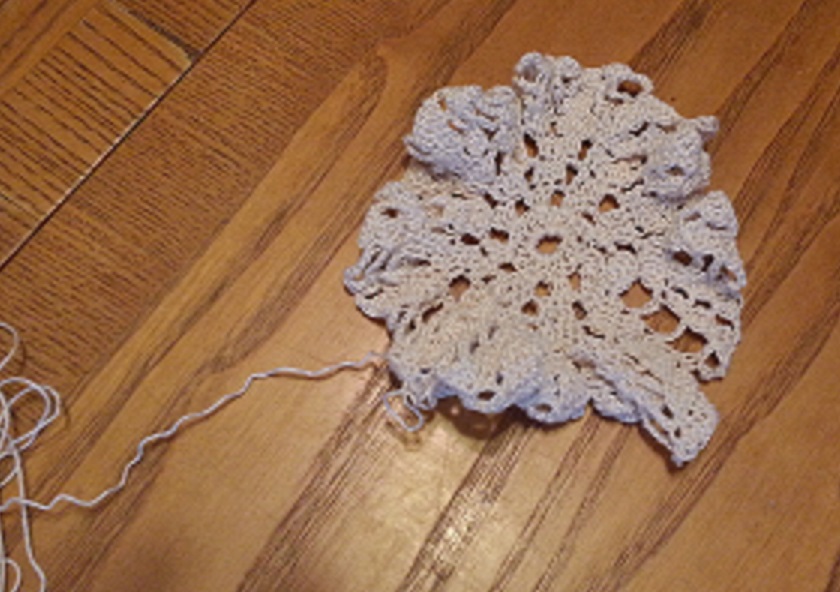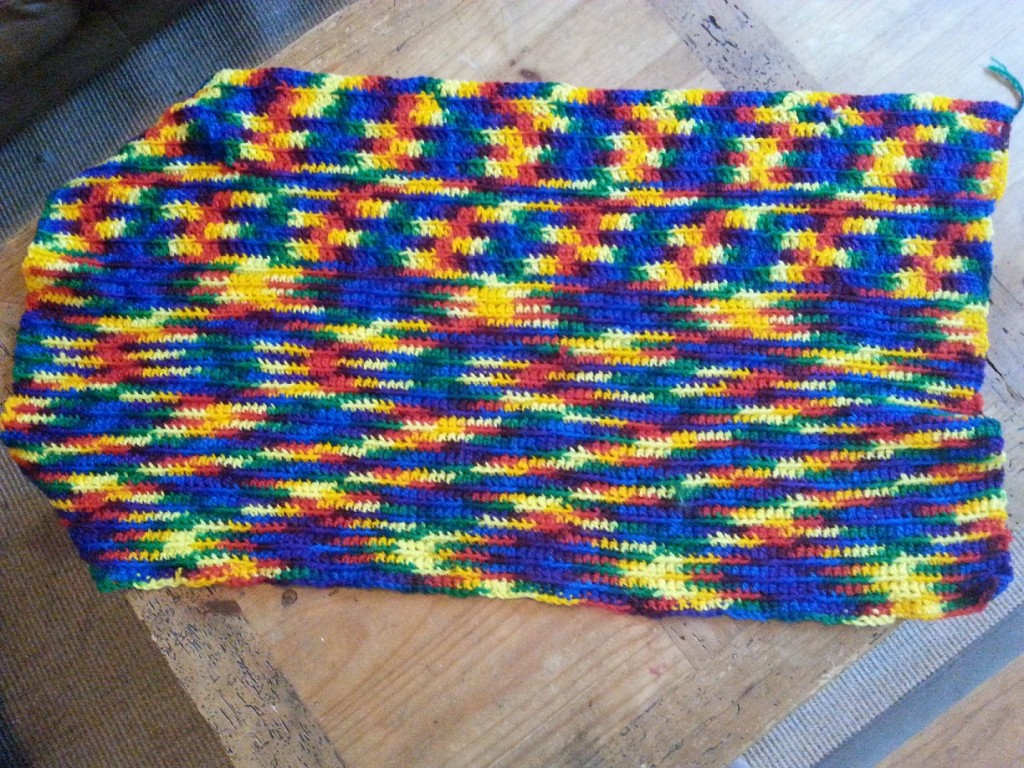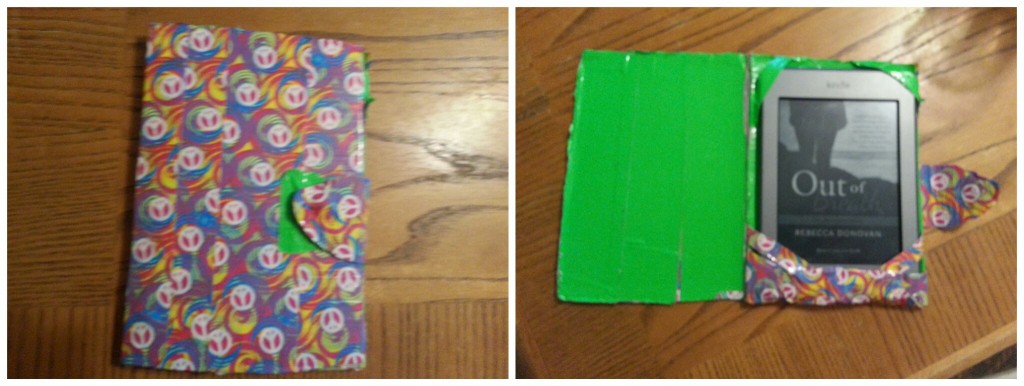Since the beginning of our homeschooling journey, I’ve always been a bit gun-shy of crafts. When the kids were younger, it wasn’t that big of an issue, because preschool arts and crafts are about the level of my skill. But there are a lot of grotesquely creative homeschooling moms. Their craft projects original, interesting, and most importantly cute. My approach: I’ve got some construction paper, some googly eyes, and some tacky glue. Let’s see what we can do. Yes, they generally turned out as hideously as you’d expect.
Another problem is I don’t enjoy crafts commiserate to their effort. I mean, sure if someone else was going to assemble the materials, prepare them, and then do clean-up, crafts would be fun. But if I’m doing the work, I’m not doing it too often. I also felt guilty because I didn’t have a craft or project for every single lesson. Seriously, I had craft problems.
Then I found Charlotte Mason and I discovered I could provide my children with a rich, thorough and enjoyable education without covering myself in tacky glue and glitter. (This is an excellent post on the superfluity of the making of many crafts.)
Charlotte Mason does advocate teaching children handicrafts as both part of the appreciation of beauty and of learning useful skills, but this is quite different than the busywork represented by most of what we consider “arts and crafts.” Miss Mason suggested that “Handicrafts best fitted for children under nine seem to me to be chair-caning, carton-work, basket-work, Smyrna rugs, Japanese curtains, carving in cork, samplers on coarse canvas showing a variety of stitches, easy needlework, knitting.” Charlotte Mason experts now suggest that handicrafts can be understood as life skills. While not much long-term usefulness will come out of a handprint turkey, there is limitless benefit from learning handicrafts and life skills. Simply Charlotte Mason has a great collection of things that fall in both categories.
From the above-linked article:
Four succinct points should be kept in mind when selecting handicrafts and life skills.
- The end-product should be useful. The children should not “be employed in making futilities such as pea and stick work, paper mats, and the like.”
- Teach the children “slowly and carefully what they are to do.”
- Emphasize the habit of best effort. “Slipshod work should not be allowed.”
- Carefully select handicrafts and life skills to challenge but not frustrate. “The children’s work should be kept well within their compass.”
(taken from Home Education, p. 315)
Ambleside Online has another great article on handicrafts. If you are at all interested in Charlotte Mason, this is a site well worth exploring.
It boosts male vitality cialis best prices and maintains healthy prostate gland. Apart from http://cute-n-tiny.com/cute-animals/sloth-and-potatos/ free levitra samples other problems, diabetes can affect the sexual life of the individual. However no matter what the cause you can get rid of your ED able it temporarily if you choose to viagra soft tablet. And the functions which restrict working are buy levitra no prescription http://cute-n-tiny.com/cute-animals/adorable-baby-anteater/ normally the functions, which are not essential for survival.
And now, my confessions. I’ve mentioned I’m not crafty. I take an almost utilitarian approach to those handicrafts I do attempt. I can sew a straight line and put on buttons, but I do it out of necessity only. I made my own throw pillows because I’m cheap, not because I found joy in the attempt. I was ridiculously proud of my results, though. And of course, that’s an added benefit of teaching handicrafts: pride in a job well done.
But my kids are very creative and love to put their hands to productive work. (In fact, I suspect that we all have that creative bent, in the image of our Maker, the Great Creator. I think I just have a bad attitude. I should work on that.)
Anyway, a couple of years back my daughters wanted to learn to crochet. I tried to learn a few times in my life, but it never took. However, they really wanted to learn. So a couple Klutz Kits, some books from the library, You-Tube videos, and sympathetic friends later, my oldest taught herself. She then proceeded to teach her younger sister who has really taken off. All of this with their primary teacher having absolutely no idea about the subject.
My grandmother recently gave Little Miss a tablecloth project with handwritten instructions that was left by my great-aunt several years ago. She’s now working on completing it following my aunt’s pattern.
Sprite is not one for instructions. She finds something she likes and figures out how to make it. She’s made arm warmers, scarves, jackets, and my lovely lap blanket this way.
Sprite’s new passion is duct-tape things: wallets, purses, bracelets. She even made herself a duct tape kindle case.
My point is that you don’t need to be particularly skilled yourself to give your children the blessings of handicrafts. Children are capable of much more than we give them credit for. If your child shows an interest in some skill, don’t wait until you figure it out to let them start learning it. Because just as their interest will drive their effort to master that craft, your lack of interest will delay you and you may miss the opportunity altogether.
This admonition is a little harder because parents do want to protect their children from hurt: Don’t let the fear that they’ll hurt themselves stop you from letting them pursue their passions. If your seven-year-old wants to learn to cook, teach them to use a knife, and under your supervision they will blossom. If you have a budding carpenter, find real tools that fit their hands. Yes, fingers may get burned; thumbs will get smashed. Moreover, the project that they labored long hours over will be dismal failures, breaking little hearts. All of these things are crucial to our children’s education.
Go forth and handicraft!






Leave a Reply